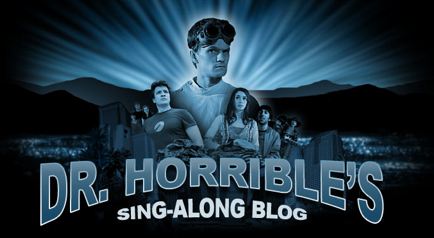Somewhere in my feeds today I found a link to a blog I’d never heard of: A Working Library. An article called On Advertising caught my attention, probably because it expressed my thinking better than I’ve been able to articulate:Â
“There is no end to this, in that short of eviscerating the content all together (and removing any impetus the reader might have to visit in the first place), our attention to the advertisements is always waning. Sadly, our attention elsewhere also suffers and declines; instead of staying still to read, we skitter from place to place, like frightened prey assured the predators are near.
So, let’s stop pretending, shall we? Any economy which charges ever less for ever more intrusive ads will eventually be successful not in creating wealth but in driving the readers away, until the only ones left to heed the ads are all the other ads, the cell phones searching in vain for a target market among the cellulite.”
Are we really sure this is the way to fund new media? The only way according to ‘common wisdom’. If it is, combined with the precipitous drop in advertising expenditure in recent months and a dismal outlook in the future, then new media is doomed.Â
Fortunately I don’t think traditional advertising has much role in new media or new television. Integrated, relevant product endorsement or placement; pay for download or view or subscriptions are much more likely in a world where producers and audiences are disintermediated.
It’s very important to keep in mind that the single most successful model for online distribution has been Apple’s pay-for-download iTunes Store (and lately rentals) by a several billion dollar margin over advertising support for new media projects. As I’ve said before, the advertising supported viewing of Dr Horrible’s Singalong Blog returned negligible income but served to promote the iTunes download or DVD.
Perhaps I have a higher-than-usual aversion to advertising, but I do think we need new models. I have no confidence that the mass-market advertising model we inherited from the “Mad Men” of Madison Avenue has any relevance in a fragmented audience.Â
Research shows that “relevant” advertising is more acceptable than any other form (to which I have to say “well d’oh”) and truthfully I appreciate seeing information-rich advertising when I’m looking for a product. Other than Googles Adwords text ads, I don’t see any attempt to target advertising. Even so I rarely follow those links because the informational links are where I go.
That’s why integrating products or services into the programming, or building branded webisodes around the main project seems to me to be far more viable than running a traditional 10, 15 or 30 second ad before or after the main content. The consumption model is different so there’s no reason to believe that old models will carry forward.
But personally, I’d still rather pay a producer a fair price for the content and skip the advertising completely.
 For some people, their ability to write is their primary skill. Novelists, playwrights, screenplay writers, etc all primarily use their writing skills to make a living. But nearly every business person writes reports or writes PowerPoint presentations. People fill out forms for a living, or correct filled out forms and enter them into an electronic storage system. People (used to) write classified ads before Craigslist  came along.Â
For some people, their ability to write is their primary skill. Novelists, playwrights, screenplay writers, etc all primarily use their writing skills to make a living. But nearly every business person writes reports or writes PowerPoint presentations. People fill out forms for a living, or correct filled out forms and enter them into an electronic storage system. People (used to) write classified ads before Craigslist  came along. 
 Call them, write to them, send an email – whatever way you contact your past and present customers, contact them. Don’t commiserate about how bad the economy is. Don’t complain and moan how quiet business is, simply ask if there’s anything you can do to help. As Seth Godin
Call them, write to them, send an email – whatever way you contact your past and present customers, contact them. Don’t commiserate about how bad the economy is. Don’t complain and moan how quiet business is, simply ask if there’s anything you can do to help. As Seth Godin  As NBC have pretty much
As NBC have pretty much 